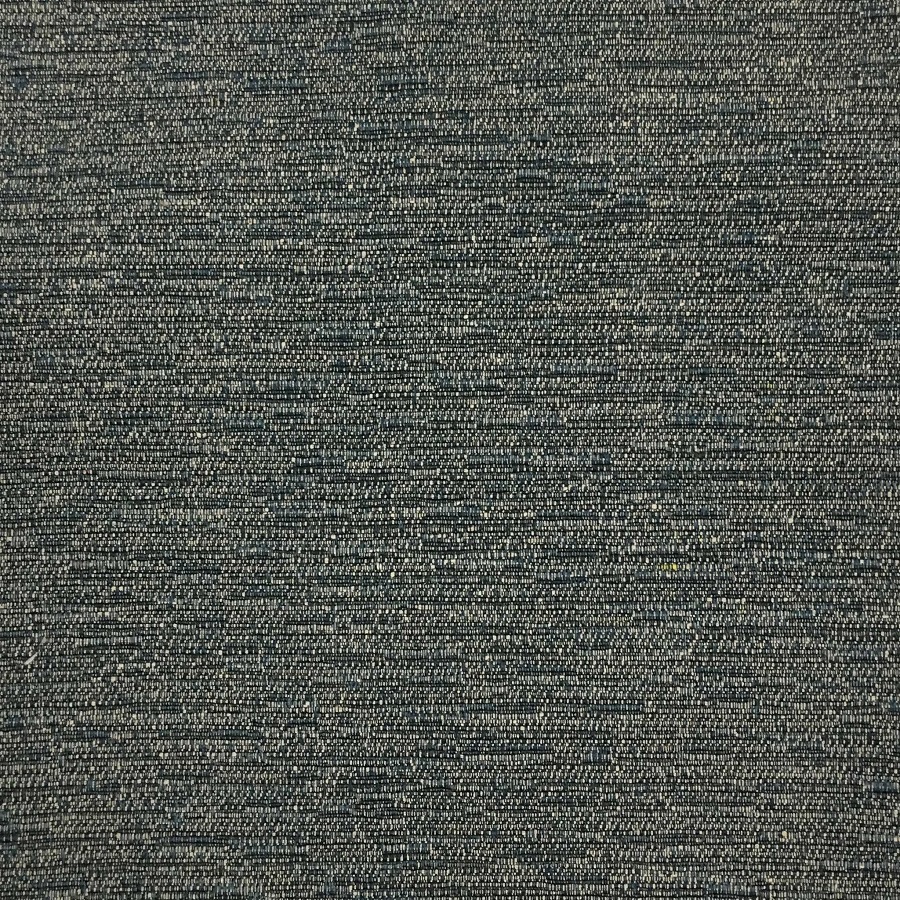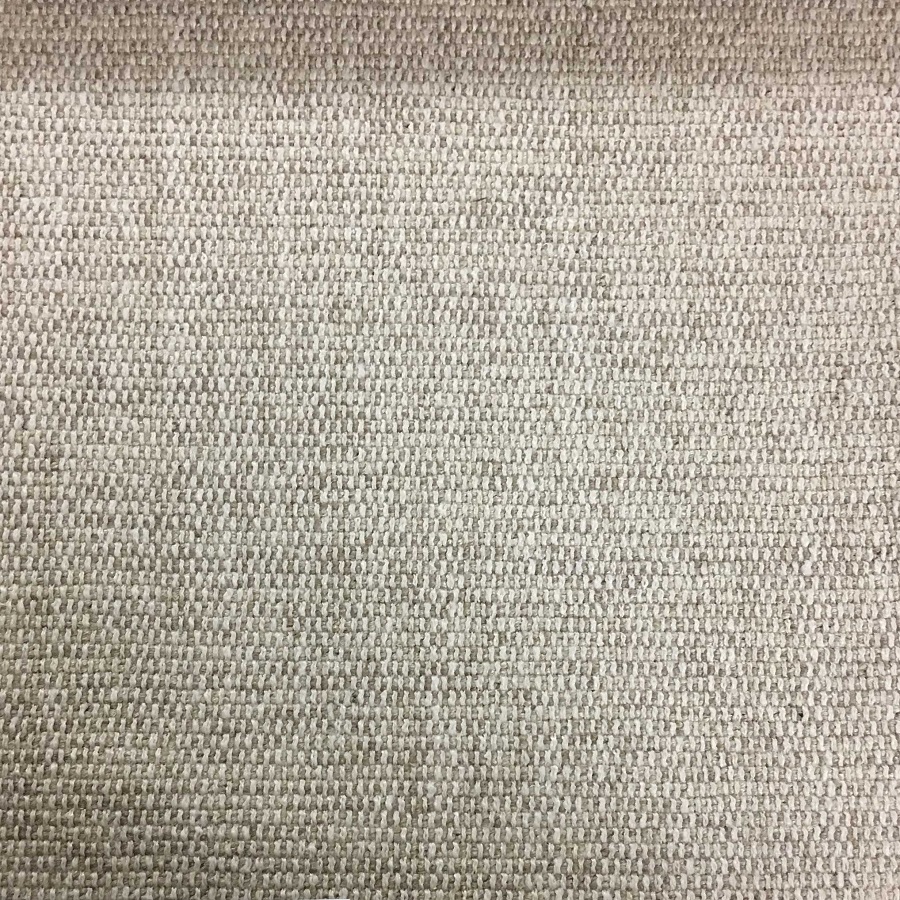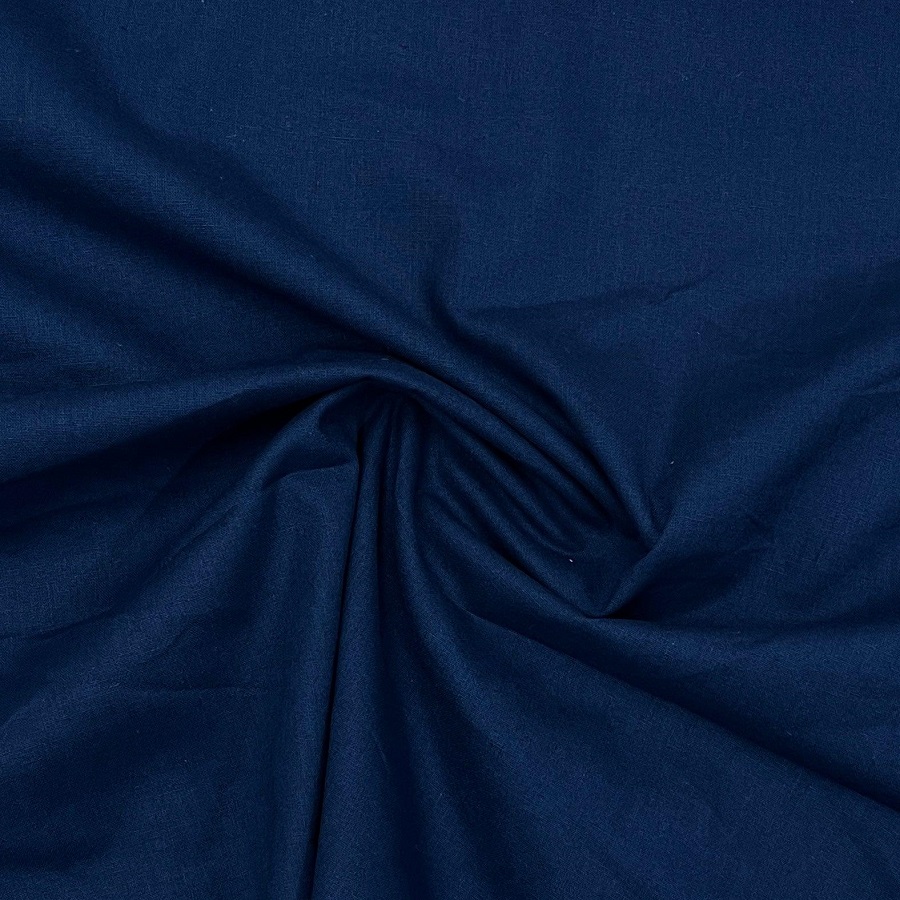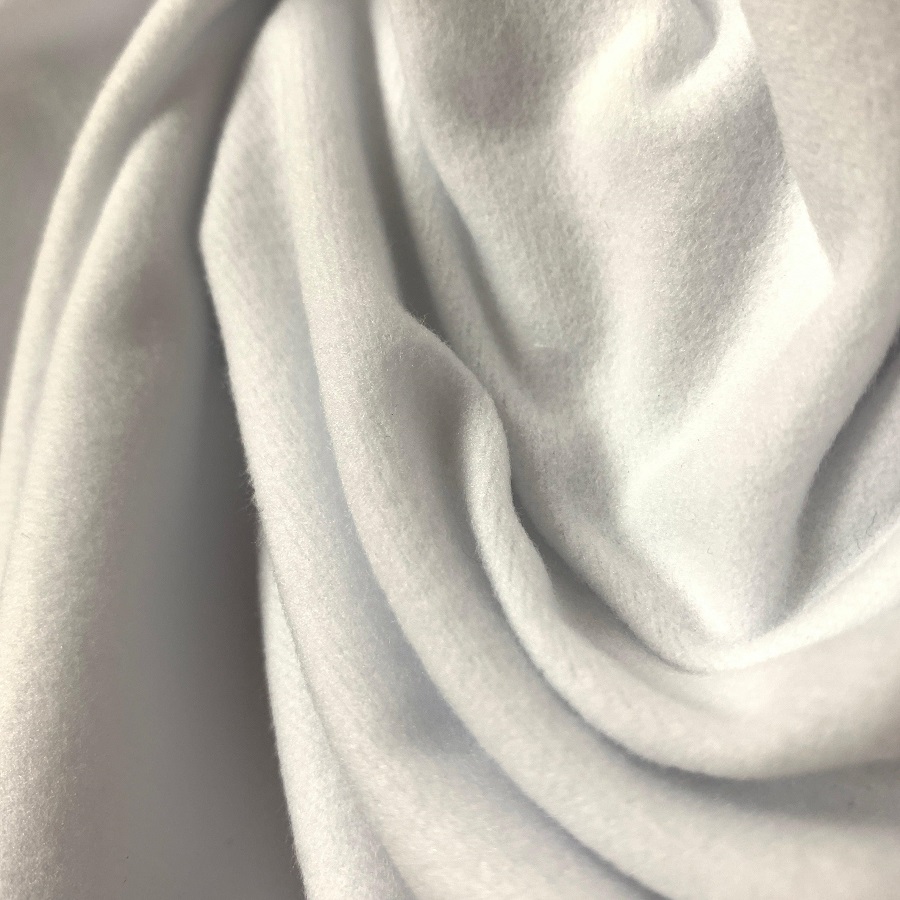What is Fabrics?
Fabrics is a material made through weaving, knitting, spreading, or bonding. It’s essential for making clothes, upholstery, and other items. At its core, fabric definition involves textiles and fibers, combined to create versatile end products.
We consider fabric the building block of the fashion industry. It also has roles in home decor, automotive industry, and healthcare. The fabric comes in countless types. Each has unique properties and purposes.
When we talk about fabric, we also think about texture, durability, and weight. These factors define the fabric’s suitability for different uses. Moreover, fabric affects comfort, appearance, and function of the final product.
In summary, fabric is a vital material in our daily lives. It wraps around us in numerous forms. From the clothes we wear to the seats we sit on, it’s a textile essential.

Types of Fabrics
When exploring fabric definition, understanding the various types of fabrics is crucial. There are many, each with unique characteristics and uses. We usually classify fabric into two main categories: natural and synthetic. This distinction is based on the origin of the fibers used in creating the fabric.
Natural Fabrics
Natural fabrics come from natural sources. These include cotton, linen, silk, and wool. Cotton fabric, derived from the cotton plant, is known for its breathability and is widely used in clothing. Linen, made from the fibers of the flax plant, is lightweight and has a natural luster. Silk, produced by silkworms, offers an unmatched luxurious feel and sheen, perfect for formal attire. Wool, gathered from sheep, provides warmth and is commonly used in cozy winter wear.
Synthetic Fabrics
On the other hand, synthetic fabrics are made through chemical processes. Popular synthetic fabrics include polyester, nylon, acrylic, and spandex. Polyester is known for its durability and is often used in outdoor wear. Nylon is both strong and elastic, making it ideal for sportswear. Acrylic mimics the qualities of wool but is lighter and often used in knitwear. Spandex, known for its exceptional elasticity, is a staple in stretchable clothing.
Both these categories have sub-types and blends. For instance, a cotton-polyester blend combines the comfort of cotton with the resilience of polyester. Every fabric type serves a purpose, whether in fashion, furnishings, or industrial applications. Understanding these types will help tailor your choice to your specific needs.
Fabric Composition and Fibers
Fabric composition refers to the different materials that make up a textile. These materials are called fibers. The properties of a fabric largely depend on the type of fibers used. Fiber types can also influence the texture, strength, and care of the fabric.
There are two broad categories when it comes to fibers: natural and synthetic. Natural fibers come from plants or animals. Synthetic fibers are man-made, usually from chemical compounds.
Natural Fibers
Natural fibers include:
- Cotton: Very breathable, soft, and comfortable. Ideal for everyday wear.
- Wool: Warm and durable. Common in cold weather clothing.
- Silk: Luxurious and smooth. Used for formal garments.
- Linen: Lightweight and absorbent. Great for summer clothes.
Synthetic Fibers
Synthetic fibers include:
- Polyester: Strong and easy to care for. Used in various garments.
- Nylon: Resilient and stretchy. Perfect for activewear.
- Acrylic: Wool-like but lighter. Often used in sweaters.
- Spandex: Highly elastic. Essential in stretchable fabrics.
Fibers can be blended to create fabrics that combine the best properties of each. For example, cotton and polyester blends are popular for their balance of comfort and durability.
Knowing the composition of a fabric can help you make better choices for your uses. It affects how the fabric will feel, behave, and how to care for it. Whether choosing fabric for clothes or for home furnishings, the fiber content is key to ensuring the product meets your expectations.

Fabric Weaving and Knitting Techniques
Weaving and knitting are two primary techniques in fabric production. Each technique greatly influences the fabric’s final texture and durability.
Weaving Techniques
Weaving involves interlacing two sets of yarns at right angles to each other. This method is traditional and widely used. The primary weaving patterns include plain, twill, and satin. Plain weave is the simplest and most common. It features a crisscross pattern of yarn. Twill weave shows a diagonal texture and is used in denim. Satin weave offers a smooth surface, perfect for silks.
Knitting Techniques
Knitting involves interlocking loops of yarn. This method creates more stretchable fabric. There are two main types of knitting: weft knitting and warp knitting. Weft knitting processes are common in sweaters and socks. The yarn moves horizontally. Warp knitting is less common and uses a more complex machine. Fabrics made from warp knitting are strong and do not run. Both techniques are essential in making fabric suited for different applications.
Properties of Different Fabrics
The properties of fabrics are crucial in determining their applications. These properties make each fabric unique and suitable for specific tasks. Below, we’ll delve into key properties that set different fabrics apart.
Durability
Durability is a measure of how long a fabric can last under varying conditions of use. For example, polyester and nylon are renowned for their high durability, making them perfect for outdoor wear and sports apparel.
Breathability
Breathability refers to the ability of a fabric to allow air and moisture to pass through. Fabrics like cotton and linen are highly breathable, making them ideal for hot weather and daily wear.
Texture
The texture of a fabric affects its feel and appearance. Silk provides a smooth and luxurious texture ideal for elegant dresses, while wool offers a warm and cozy feel perfect for winter clothes.
Weight
Weight influences the comfort and drape of a fabric. Lightweight fabrics such as linen are great for summer clothing, whereas heavy fabrics like denim are better suited for durable jeans.
Elasticity
Elasticity determines how much a fabric can stretch. Spandex is highly elastic, which is why it’s essential in workout clothes and form-fitting fashion.
Absorbency
Absorbency is the property of a fabric to absorb moisture. Cotton excels in absorbency, making it a staple for towels and comfortable shirts.
Understanding these properties can help individuals and industries choose the right fabric for their needs. It’s important to consider them when defining fabric for any application.

Fabrics Uses in Various Industries
Fabric plays a critical role in a wide array of industries beyond fashion and textiles. Its versatility and varied properties make it a crucial material in diverse fields.
Apparel and Fashion
The most apparent use of fabric is in the apparel and fashion industry. It provides endless possibilities for design, comfort, and style. Fabrics like silk and wool cater to high-end fashion, while cotton and polyester dominate everyday wear.
Home Furnishings
Fabric defines the comfort and aesthetic of our living spaces. Upholstery, curtains, and bedding largely rely on fabrics such as cotton, velvet, and blends for functionality and decor.
Automotive Industry
In the automotive industry, fabric lines the interiors of vehicles. Durable and fire-resistant fabrics are used for seats, headliners, and carpets, improving comfort and safety.
Medical Sector
The medical sector relies on fabric for uniforms, gowns, and bedding. It also uses specially treated fabrics for bandages and medical devices, which need to meet strict hygiene and safety standards.
Sports and Activewear
Performance is key in sports, and fabric technology offers solutions with breathable, stretchable, and moisture-wicking properties. These materials are essential in creating comfortable and functional sportswear.
Military and Defense
Fabric in the military has to withstand extreme conditions. It results in the development of robust, camouflage, and protective fabrics for uniforms and gear.
Technology and Innovation
The tech industry utilizes fabric in the manufacturing of wearable devices. Modern fabrics can conduct electricity and can be embedded with sensors to create smart clothing.
Each industry has unique requirements, and the fabric serves as an important element in meeting those needs. From style and comfort to safety and functionality, fabric is indispensable across various sectors.
Innovations in Fabric Technology
The world of textiles is ever-evolving, with innovations in fabric technology shaping the future of the industry. These advancements often aim to improve performance, sustainability, and functionality, responding to consumer demands and environmental challenges. Let’s look at some cutting-edge developments.
Smart Textiles
Smart textiles are revolutionizing how we interact with our clothing. They include fabrics that can change color, control temperature, or even track health data. Sensors and conductive threads woven into these materials enable them to respond to body heat, touch, or external stimuli.
Eco-Friendly Materials
Sustainability drives innovation, leading to eco-friendly materials. These include fabrics made from recycled plastics or organic fibers that reduce waste and the carbon footprint. Some companies are creating fabrics that consume less water and energy during production.
Enhanced Durability
Developing more durable fabrics extends the life of products, lowering the need for frequent replacement. Technologies like rip-stop and water-resistant treatments make fabrics tougher and more suitable for outdoor and extreme conditions.
Biodegradable Textiles
Biodegradable textiles break down naturally, presenting a solution to landfill concerns. These unique fabrics decompose at the end of their useful life, turning into harmless substances that do not pollute the environment.
Advanced Performance Fabrics
For the active consumer, advanced performance fabrics offer moisture-wicking, breathability, and stretchability. These are key in sports apparel, allowing wearers to maintain comfort and mobility during physical activities.
The innovations in fabric technology continue to impress, shaping a future where textiles not only meet aesthetic and practical needs but also promote environmental stewardship and high performance. As an SEO expert and professional blogger, understanding these innovations allows you to provide your audience with valuable insights into the evolving world of fabrics.
The Environmental Impact of Fabrics Production
Fabric production has significant environmental effects. It’s important to know how fabric impacts our planet. The process uses water, energy, and other resources. Below are key points that outline fabric production’s environmental footprint.
Water Consumption
Making fabric often requires lots of water. For instance, cotton farming uses much water for crop growth. It’s essential for the fabric but impacts water supply in areas.
Chemical Use
Dyes and treatments for fabrics involve chemicals. These can harm ecosystems when released into waterways. Manufacturers must manage chemical use carefully to protect the environment.
Energy Use
Fabric production needs energy. Energy comes from burning fossil fuels, which emits greenhouse gases. This contributes to climate change over time.
Waste Production
Fabric creation leads to waste. Scraps from cutting and unused materials can add to landfills. Reducing waste is critical in sustainable fabric production.
There are changes in the industry to lessen these impacts. Sustainable practices and eco-friendly materials are more common now. These help reduce damage to the environment from making fabrics. Consumers can also make a change by choosing sustainable fabrics when possible.
In conclusion, while fabric is a daily necessity, its production can strain the environment. Awareness and responsible practices can help minimize this impact.









